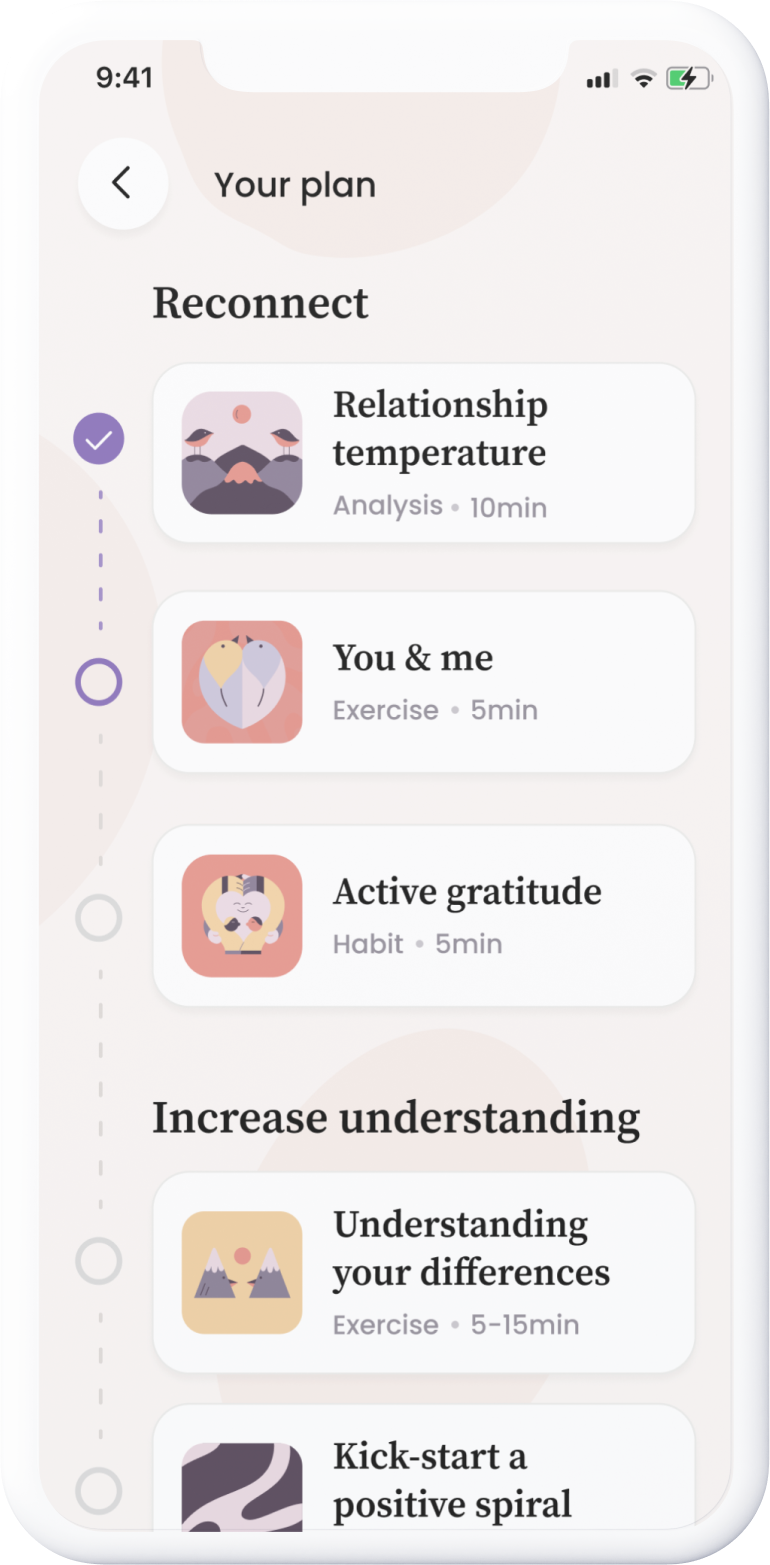
“What is a responsive desire pattern?” “How do I trigger her responsive desire?” These might be questions you’re asking yourself, and in this blog post we’ll delve deeper into the concept of responsive desire, how it differs from spontaneous desire, and how to navigate it if you or your partner experience it.
In the realm of human sexuality, desire plays a pivotal role. It's a force that can bring individuals closer together and fuel the flames of intimacy in romantic relationships. However, not all desires are created equal, and mismatches in the sexual desire pattern within a relationship is common.
Responsive desire is a concept that has gained prominence in recent years thanks to sex educator Emily Nagoski who's been popularizing and discussing this concept in her book "Come As You Are."
Responsive desire vs. Spontaneous desire
Before we delve deeper into responsive desire, let's differentiate it from spontaneous desire. Spontaneous desire is what most people traditionally associate with sexual desire. It's that innate, seemingly automatic urge for sexual activity that can strike out of the blue. It's the kind of desire that makes you initiate intimacy without much external stimulation – it just happens.
On the other hand, responsive desire is more nuanced. It arises in response to specific stimuli or situations. Instead of feeling a sudden, overwhelming urge for sex, individuals with responsive desire find their desire ignited when they experience pleasurable sensations or engage in intimate activities. It's like a spark that catches fire when the right conditions are met.
“What is a responsive desire pattern?”
A responsive desire pattern, often referred to as "responsive desire", is a term used in the field of human sexuality to describe a particular way in which some individuals experience sexual desire and arousal. Responsive desire stands in contrast to spontaneous desire, which is the more traditional and widely understood concept of feeling an innate and automatic urge for sexual activity.
Here's how responsive desire works:
Stimulus-dependent:
Individuals with a responsive desire pattern typically do not experience a frequent or spontaneous craving for sex. Instead, their desire for sexual activity tends to be triggered by specific stimuli or circumstances. These stimuli can include emotional connection, physical intimacy, sensual touch, or engaging in pleasurable activities with a partner.
Context matters:
For those with a responsive desire pattern, the context and environment play a significant role in whether they feel sexually aroused or interested. They may not spontaneously desire sex but can become aroused and interested when the right conditions are present.
Physical arousal follows desire:
In responsive desire, it's common for physical arousal (such as genital arousal or lubrication) to follow the emergence of desire. In other words, desire leads to arousal, rather than the other way around.
Variability:
Responsive desire patterns can vary widely among individuals. What triggers desire for one person may not work the same way for another. It can also vary within an individual over time, depending on their mood, stress levels, relationship dynamics, and other factors.
Not better or worse:
It's essential to understand that neither responsive nor spontaneous desire patterns are inherently better or worse than the other. They are merely different ways in which people experience and express their sexuality.
What matters most is understanding and respecting each person's unique desire pattern and ensuring that both partners in a relationship feel valued and satisfied.
Creating a sex-positive context is essential
Creating an environment that promotes sexual positivity is essential. Contextual factors play a pivotal role in our ability to experience pleasure. When you feel calm, content, and self-assured, your brain interprets stimuli with curiosity and interest, drawing you closer to them – such as your partner. In this context, it's easier to spark sexual desire and engage your libido.
Conversely, when you're stressed, self-doubting, or insecure, your brain tends to perceive most things as threats or negatives. Even gestures that would typically ignite desire might now irritate you or prompt withdrawal.
Research consistently shows that, generally, women tend to be more influenced by contextual factors in terms of sexual desire. However, women also exhibit considerable individual variability in this regard. The key to nurturing desire and libido is to create an environment where both you and your partner perceive the outside world as lovely, safe, and pleasurable – one that embraces sexual intimacy.
How to navigate responsive desire in your relationship
Now that we understand what responsive desire is, let's explore how to navigate it in your relationship, whether you or your partner experiences it.
If you have responsive desire
- Know yourself: First and foremost, understand and embrace your own sexual desire pattern. Recognize that your desire tends to respond to specific cues or stimuli, and that's perfectly normal.
- Communicate openly: Discuss your desires, triggers, and what helps you feel more connected with your partner. Open communication is key to ensuring your needs are met.
- Create the right environment together: To awaken your desire, together with your partner make sure to create a sex-positive environment in your relationship. Focus on reducing stress, fostering affection, and building trust, as these factors play a significant role in triggering responsive desire.
- Prioritize self-care: Pay attention to your overall well-being. Engage in self-care activities that help you relax and reduce stress, as this can positively impact your desire.
If your partner has responsive desire
- Understand your partner’s desire. Practice empathy and be patient, recognizing that their desire might require specific conditions to flourish.
- Create a safe space: Foster an open, non-judgmental environment where your partner feels comfortable discussing their desires and needs.
- Explore together: Discover the triggers and activities that ignite your partner's desire. Experiment and explore new ways to create pleasurable moments in your relationship. Explore other forms of physical intimacy, such as cuddling, kissing, and holding hands, to build emotional and physical connection without the pressure of sexual activity.
- Focus on emotional connection: Place emphasis on emotional intimacy as well. Recognize that for your partner, emotional connection may be just as important as physical intimacy.
- Enhance your partner’s overall well-being. Relieve when needed and help your partner reduce stress in life.








